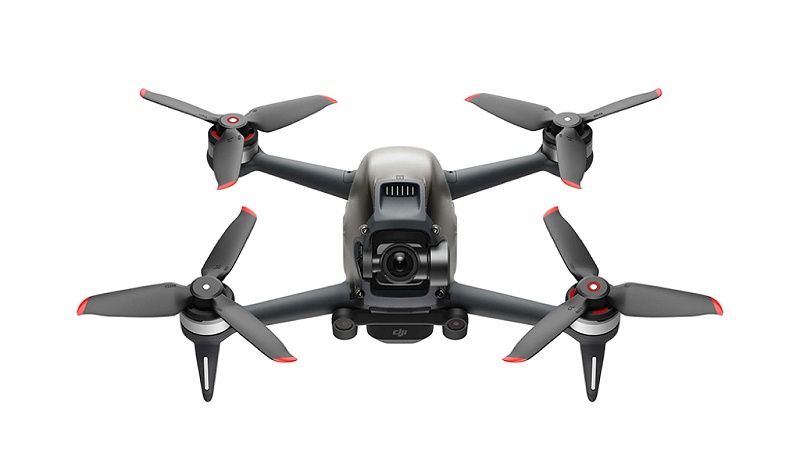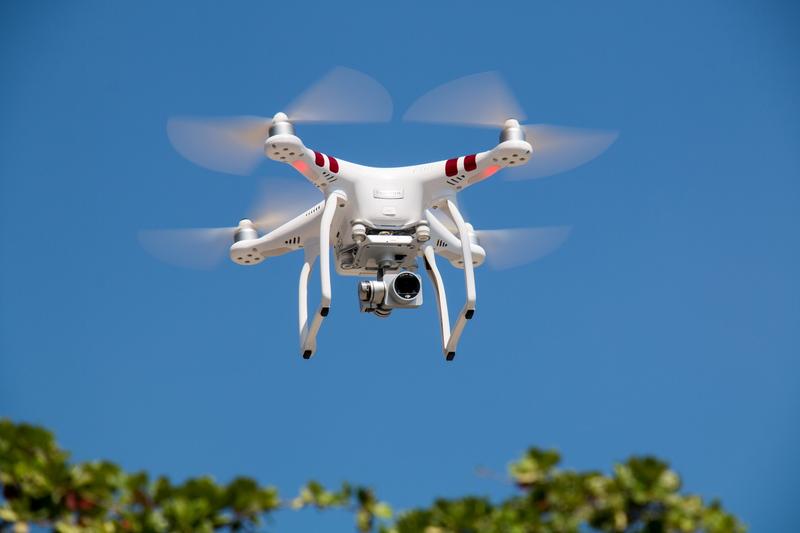Drone technology has revolutionized various industries, from agriculture to entertainment, offering myriad benefits such as aerial surveillance and automated deliveries. However, as drones become increasingly common, ensuring drone security is essential to safeguard privacy, public safety, and national security. In this article, we’ll explore strategies and solutions that can enhance drone security and contribute to safer skies.
is essential to safeguard privacy, public safety, and national security. In this article, we’ll explore strategies and solutions that can enhance drone security and contribute to safer skies.
Understanding the Risks
Drones pose several risks that necessitate effective security measures. Unauthorized drone flights can infringe on privacy, capturing images and videos without consent. Moreover, drones flying near airports or restricted areas and carrying hazardous materials present significant safety and security risks. As the potential for misuse grows, implementing comprehensive drone security protocols becomes imperative.
Legal and Regulatory Measures
Governments worldwide have established regulations to mitigate these risks. The Federal Aviation Administration (FAA) in the United States, for example, requires drones to adhere to specific flight guidelines and mandates registration for certain drones. Such legal frameworks are crucial for maintaining control over drone use and ensuring compliance with safety standards.
Technological Solutions
Various technological advancements contribute to drone security. Geofencing is a critical innovation, creating virtual boundaries that prevent drones from entering restricted airspace. Additionally, remote identification systems enable authorities to identify and monitor drones, providing real-time information about their operation. These technologies play a pivotal role in preventing unauthorized access and ensuring safe drone operations.
Cyber Security
Cybersecurity is an essential aspect of drone security given the reliance on wireless communication between drones and their controllers. Unauthorized access to drone systems can lead to hijacking and data breaches. Implementing robust encryption protocols and regularly updating software are vital strategies that help protect drones from cyber threats.
Collaboration Among Stakeholders
Effective drone security requires collaboration among stakeholders including manufacturers, regulatory bodies, private sector entities, and end users. Engaging in collaborative efforts ensures a holistic approach to mitigating risks and responding to security incidents.
Public Awareness and Education
Raising public awareness is another critical aspect of enhancing drone security. Educating drone operators on safe flying practices and legal obligations can significantly reduce security incidents. Workshops, webinars, and certification programs are effective tools in promoting responsible drone usage.

Emerging Technologies and Future Solutions
The development of artificial intelligence and machine learning presents opportunities for advanced surveillance and threat detection capabilities in drones. By employing AI-powered systems, drones can autonomously identify potential threats and respond accordingly. Investing in research and development will be key to harnessing these capabilities for improving drone security.
FAQs
Q: What are the privacy concerns associated with drones?
A: Drones can capture images and videos that invade personal privacy. Adhering to regulations and using geofencing technology can mitigate such concerns.
Q: How can drone operators ensure compliance with legal standards?
A: Operators should stay informed of regulations issued by authorities like the FAA, attend certification programs, and use drones responsibly.
Q: What role do cybersecurity measures play in drone security?
A: Cybersecurity measures protect drones from hacking and data breaches by securing communication paths and ensuring software integrity.